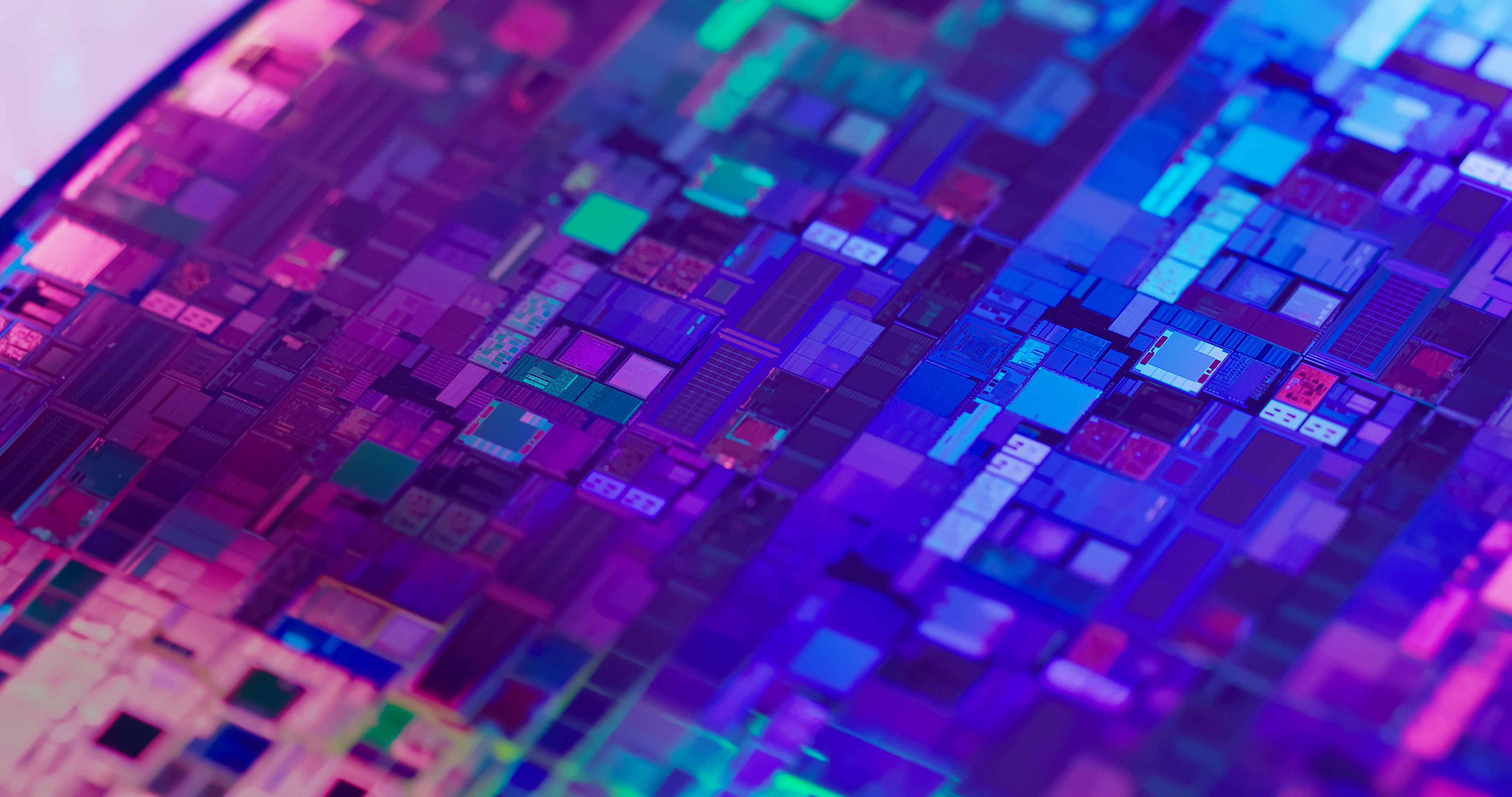A high-performance photoresist that improves extreme ultraviolet image resolution, line width roughness, and sensitivity.
Extreme ultraviolet (EUV) imaging is an optical technology that enables smaller feature sizes in semiconductor chips, which pushes device performance forward. It works by first producing a pattern by exposing a reflective photomask to UV light. The UV light is then reflected onto a substrate covered by a photoresist. Applications for this process include semiconductor device fabrication. However, EUV photoresist performance remains one of the largest barriers to EUV technology implementation, because it is difficult to simultaneously meet performance targets for resolution, line width roughness (LWR) and sensitivity. For example, low concentrations of acid during imaging will yield rough lines (high LWR), but good sensitivity; while high concentrations of acid will give smoother lines, but poor sensitivity.
This SUNY Polytechnic Institute technology enables the creation of a new photoresist system that consists of polymers for photoresists, and monomers for incorporation into these polymers. The polymers comprise a photoacid generator (PAG) component and at least one other component that is photolytically stable and acid-stable. The polymers can be synthesized using numerous combinations of commercially available diacid chlorides and diols. The photoacid generator is based on N-sulfoxyimides and related moieties that contain photolabile oxygen-heteroatom bonds and photolabile bonds between oxygen and aromatic carbons. The resulting photoresists improve the capabilities of extreme ultraviolet imaging by improving image resolution, line width roughness, and sensitivity.

Simultaneously meets performance targets for:
• Resolution
• Line width roughness (LWR)
• Sensitivity
• Extreme Ultraviolet (EUV) lithography
• Semiconductor device fabrication
Issued patent: US8404795B2, “Photolytic acid-generating polymers and monomers for their construction”
https://patents.google.com/patent/US8404795B2/en
TRL 3 - Experimental proof of concept
This technology would be of interest to manufacturers of electronic components that use EUV fabrication, including:
• Photoresist manufacturers
• Semiconductor manufacturers
• Electronic components and instruments manufacturers
• Research institutions